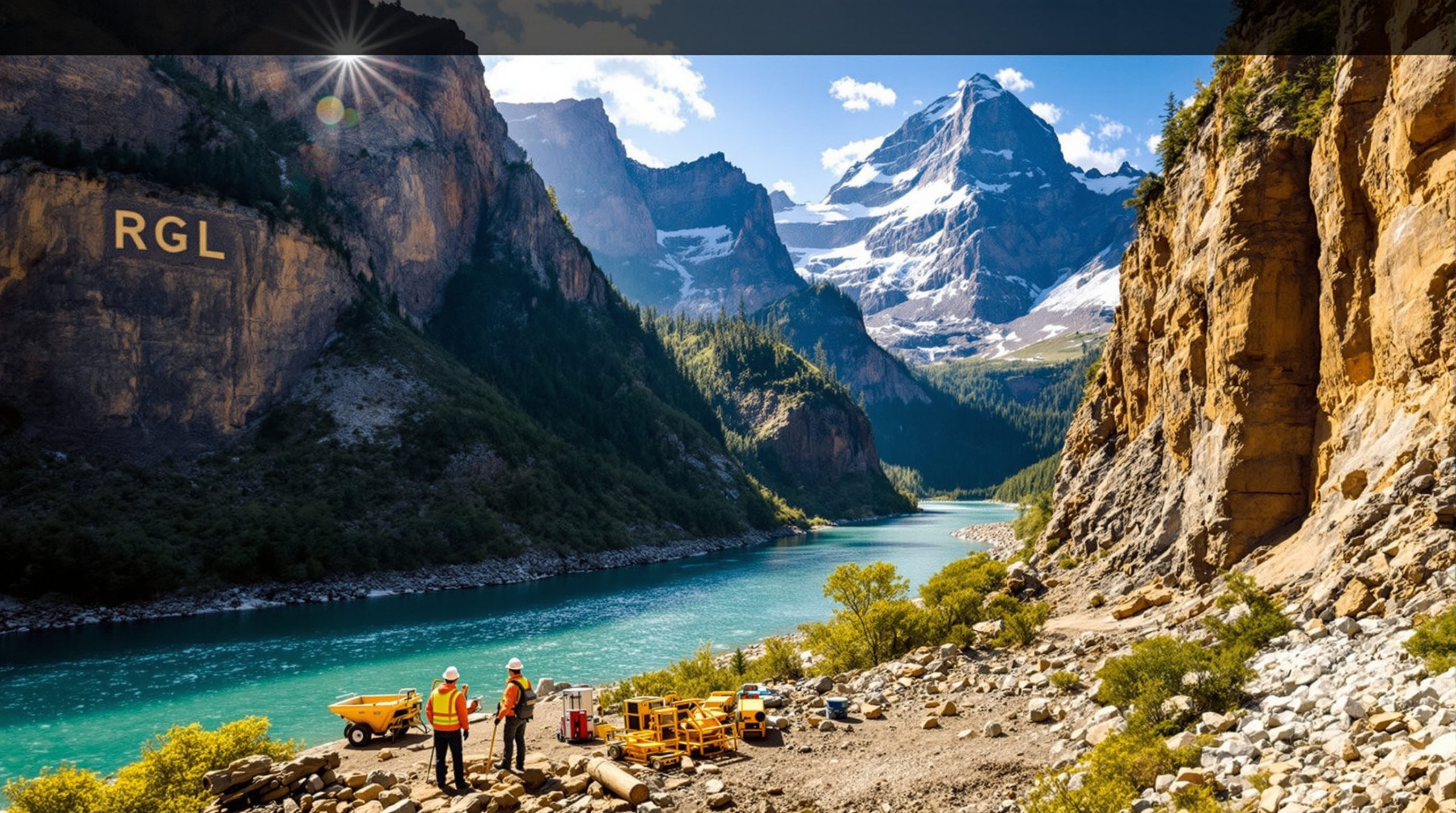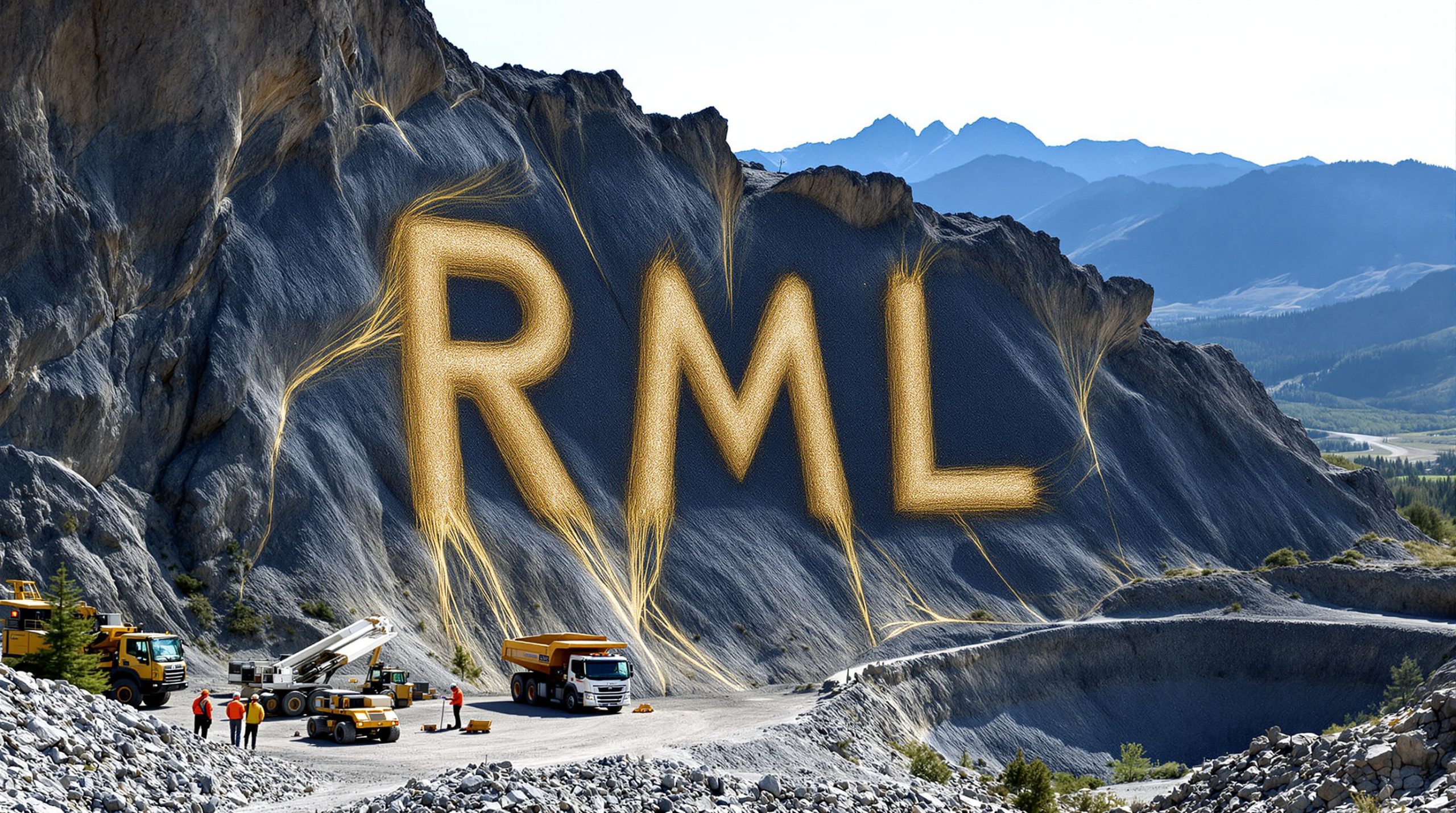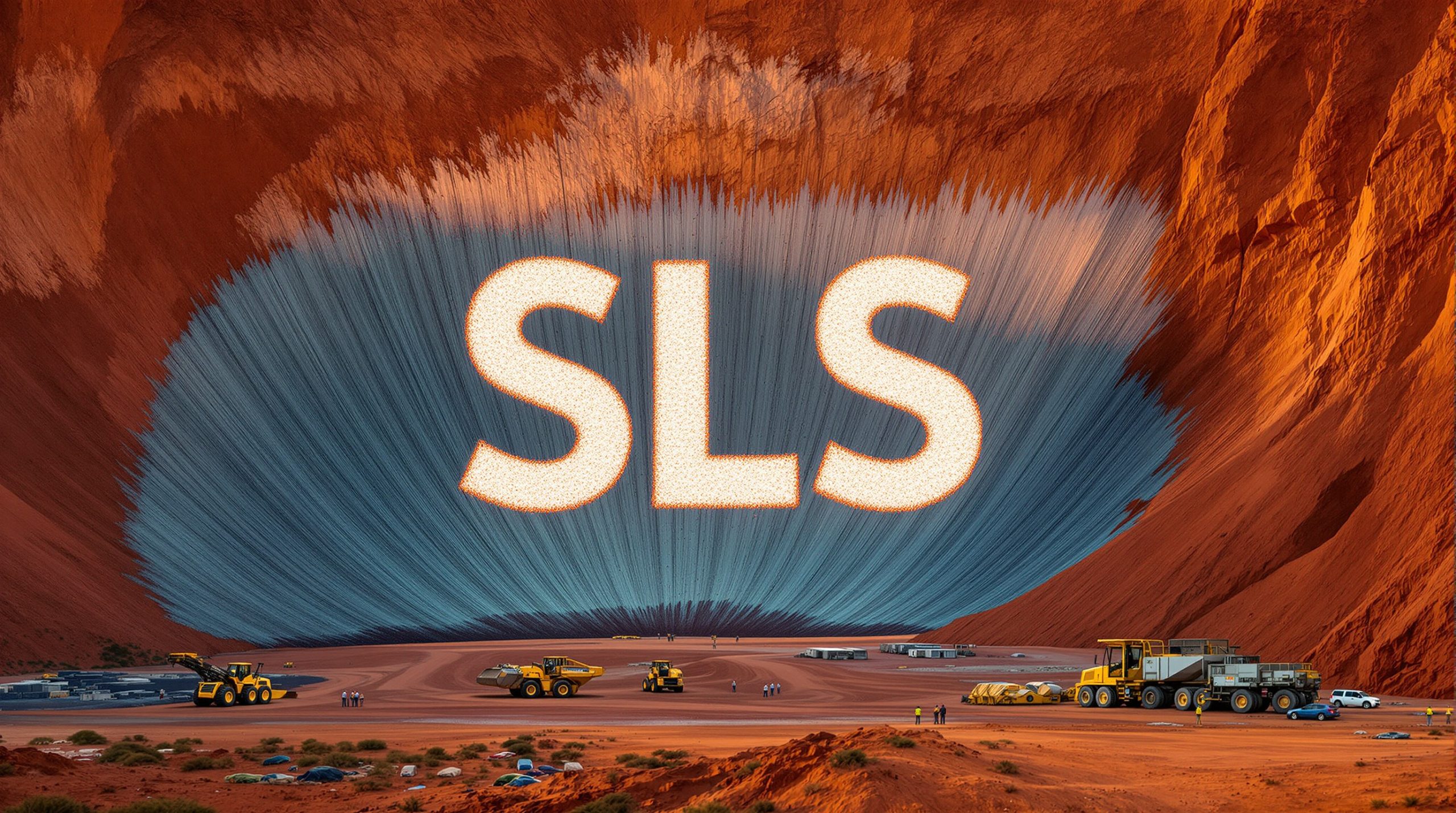Locksley Resources Expands Mojave Project, Discovers Historical Mining Shaft
Locksley Resources (ASX: LKY) has announced a significant expansion of its exploration program following the enlargement of its claim portfolio and the discovery of historical mining workings at its Mojave Project in California. This strategic move positions the company to accelerate its exploration activities for antimony, rare earth elements (REEs), and newly identified commodities across its expanded landholdings adjacent to MP Materials’ operations.
Major Exploration Expansion Following Strategic Land Acquisition
Locksley Resources has initiated a significant enlargement of its exploration program after substantially expanding its claim portfolio in the Mojave Critical Minerals Corridor. The company is now finalising plans for a more comprehensive exploration campaign that will target both existing antimony and rare earth elements (REE) prospects, while also investigating additional commodities identified within the expanded land package.
The decision to accelerate exploration activities comes as Locksley strengthens its strategic position in one of America’s most critical mineral regions. With claims directly abutting MP Materials—the only rare earth mining and processing operation in the United States—Locksley has established itself in a geologically significant area with proven mineral potential.
Chairman Pat Burke emphasised the strategic importance of this expansion: “The substantial expansion of our landholding within the Mojave Critical Minerals Corridor marks a pivotal step in Locksley’s growth. With the U.S. Government increasingly focused on securing domestic supply chains for critical minerals, Locksley is well placed to deliver a mine-to-market solution for antimony and rare earths.”
Hendricks Prospect: New Discovery Bolsters Project Potential
In a significant development during recent geological mapping activities, Locksley’s field team has discovered a historical mining shaft at what is now called the Hendricks Prospect, located in the core of the North Block of the Mojave Project. Initial assessments indicate the shaft likely extends more than 15 meters in depth, with visible underground workings suggesting substantial historical mining activity.
This discovery is particularly notable as the shaft’s vein orientation strikes NNE (north-northeast), similar to the orientation observed at the Desert Antimony Prospect. This alignment supports Locksley’s developing geological interpretation that multiple NNE striking structures exist across the Mojave Project, potentially indicating a larger mineralised system than previously understood.
The company has collected grab samples from the newly discovered workings and submitted them for laboratory analysis to determine the commodities that were historically mined at the site. This new exploration target adds another dimension to Locksley’s already promising project portfolio.
Strategic Site Visit Showcases Project Potential
Locksley recently hosted a site visit for brokers and analysts at the Mojave Project, providing key stakeholders with first-hand exposure to:
-
- The scale of Locksley’s expanded tenure adjacent to MP Materials
-
- Planned drilling locations at the Desert Antimony Mine and El Campo
-
- The geological potential across the project portfolio
-
- Historical underground workings and open stopes at the Desert Antimony Mine
The site visit highlighted the company’s strategic positioning within one of the most important critical mineral regions in the United States and demonstrated management’s commitment to advancing exploration activities.
Understanding Critical Minerals: Why Antimony and REEs Matter
Antimony and rare earth elements represent two of the most strategically important mineral groups for modern technologies and national security.
Antimony: Strategic Importance
Antimony is classified as a critical mineral due to its essential applications in defence systems, flame retardants, semiconductors, and metal alloys. The United States currently has no domestic antimony production despite significant demand, making Locksley’s Desert Antimony Mine—reportedly one of the highest-grade known antimony occurrences in the U.S.—a potentially valuable national asset.
Antimony has been used for thousands of years, but its modern applications are primarily in flame retardants (42% of use), lead-acid batteries (28%), and plastics (14%). The remainder goes to various uses including ceramics, glass, and importantly, military applications.
What makes antimony particularly strategic is its limited global production sources. China currently dominates global antimony production (approximately 60%), with Russia and Tajikistan being other significant producers. This concentration of supply in geopolitically sensitive regions has prompted the U.S. to classify antimony as a critical mineral.
Rare Earth Elements (REEs): Technology Enablers
Rare Earth Elements (REEs) are a group of 17 elements crucial for high-technology applications including permanent magnets used in electric vehicles, wind turbines, and defence systems. With China controlling approximately 85% of global processing capacity, the U.S. government has prioritised developing domestic REE supply chains.
The 17 rare earth elements include the 15 lanthanides plus scandium and yttrium. These elements can be divided into light rare earth elements (LREEs) and heavy rare earth elements (HREEs), with different applications and values:
-
- Light REEs (Lanthanum, Cerium, Praseodymium, Neodymium, Promethium, Samarium): Used in catalysts, glass polishing, metallurgy, and magnets
-
- Heavy REEs (Europium, Gadolinium, Terbium, Dysprosium, Holmium, Erbium, Thulium, Ytterbium, Lutetium, plus Yttrium and Scandium): Used in phosphors, magnets, and specialised applications
The most valuable REEs are typically neodymium, praseodymium, dysprosium, and terbium due to their crucial role in permanent magnets, which account for approximately 90% of the value in the REE market.
Locksley’s position adjacent to MP Materials’ Mountain Pass Mine—the only active REE mine in the United States—places it in a geologically favourable setting for REE exploration and potential development.
Future Exploration Plans and Timeline
Locksley has indicated that it will provide the market with a detailed outline of its expanded exploration program following the evaluation of recent field activities. The current focus areas include:
-
- NE and SW extensions from the Desert Antimony Mine
-
- Western limits of the North Block claims (north of Mountain Pass Mine)
-
- North Block REE target where the historical shaft was discovered
-
- Further assessment of the newly discovered Hendricks Prospect
The company is compiling mapping data from recent field campaigns to incorporate findings into a broader geological understanding, which will inform a follow-up field sampling campaign.
Investment Potential: Positioned in America’s Critical Minerals Strategy
Locksley Resources presents a compelling investment case based on several key factors:
- Strategic Location: The Mojave Project is positioned in a proven mineral province adjacent to the only operating rare earth mine in the United States.
- Critical Minerals Focus: With assets targeting antimony and rare earth elements—both designated as critical minerals by the U.S. government—Locksley is aligned with national security priorities.
- Expanding Asset Base: The recent significant expansion of claims and discovery of additional historical workings suggests greater exploration potential than initially identified.
- Geopolitical Tailwinds: Rising U.S. government support for domestic critical mineral production creates a favourable regulatory environment for project development.
- Multiple Commodity Exposure: The company offers investors exposure to both antimony and REEs, with potential for additional commodities following recent discoveries.
Why Investors Should Follow Locksley Resources
Locksley Resources represents a focused opportunity in the critical minerals sector at a time when geopolitical tensions are highlighting the importance of secure supply chains. The company’s strategic positioning in California’s Mojave Desert—adjacent to established operations—reduces exploration risk while maintaining significant upside potential.
The recent discovery of historical mining activities at the Hendricks Prospect demonstrates the under-explored nature of the project area despite its proximity to significant operating mines. This suggests potential for additional discoveries as exploration activities intensify.
With a clear focus on antimony and rare earth elements—both essential for technology and defence applications—Locksley is well-positioned to benefit from increasing government support for domestic critical mineral development. The company’s dual-commodity approach provides multiple pathways to value creation while mitigating single-commodity risk.
As global focus on supply chain security intensifies, particularly for technology metals dominated by Chinese production, Locksley’s positioning in a stable U.S. jurisdiction offers investors exposure to the critical minerals theme with reduced geopolitical risk compared to international alternatives.
Key Takeaway:
“Locksley Resources has positioned itself as an emerging player in America’s critical minerals sector, with significant upside potential due to its strategic land position adjacent to MP Materials and newly discovered historical workings. With an expanded exploration program being finalised and strong government support for domestic critical mineral development, investors should closely monitor developments as the company advances its Mojave Project.”
Want to Invest in America’s Critical Minerals Future?
For investors seeking exposure to the strategic critical minerals sector, Locksley Resources offers a compelling opportunity with its expanded Mojave Project adjacent to the only operating rare earth mine in the United States. To learn more about Locksley’s antimony and rare earth elements exploration, the newly discovered Hendricks Prospect, and how the company is positioning itself within America’s critical minerals strategy, visit Locksley Resources’ website for detailed information on this emerging opportunity.




